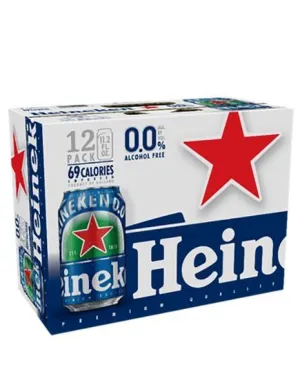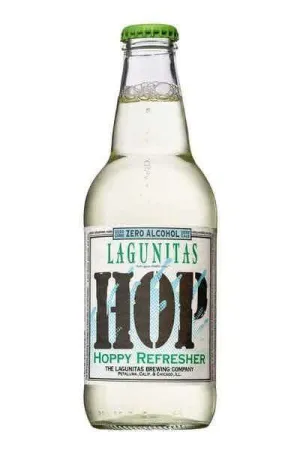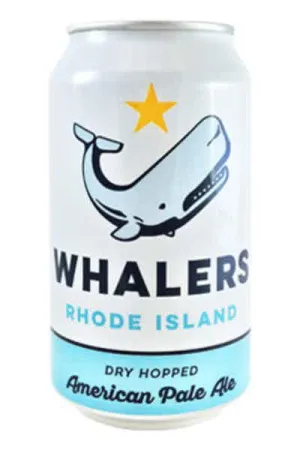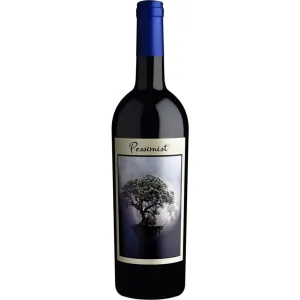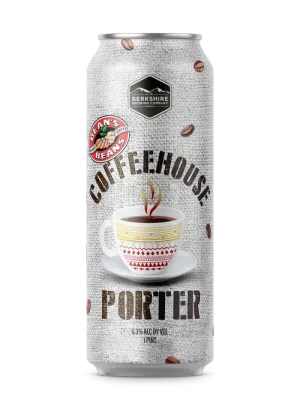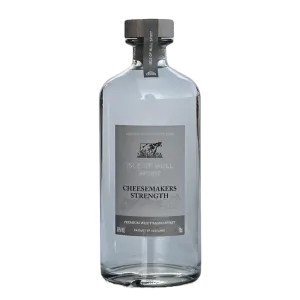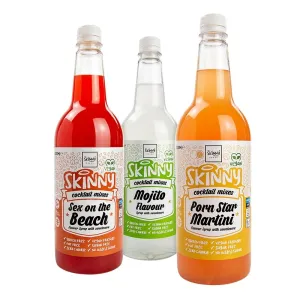Weve long labeled Grgoire Hoppenot the next big thing. Why? Because his farming and winemaking are as rigorous and detailed as the site selection. Working organically in the vineyards and in the cellar, he crafts a style described as beingsans fard(without makeup). I cant resist repeating that in just about every Hoppenot offer we do since its abundantly clear that the focus is on seamlessly marrying the incredible purity of fruit and primacy of terroir. Hes floored us for years now with unforgettably elegant bottlings of Fleurie. No surprise then that the rest of the world has seemingly caught on to what a genius Grgoire is. His wines now appear on the lists of Michelin-starred restaurants across New York City and San Francisco. Good for Grgoire, but a little sad for us; his wines will only be harder to find in the future. What to do? Stock up now while the pricing remains remarkably reasonable!
Beaujolais native Grgoire Hoppenot knows the region like the back of his hand, and spent years scouring vineyards and sourcing fruit for other producers, including Domaines Chermette and the Chapoutier-backed Maison Trnel. So when he set up his own winery, he chose Fleurie, right across the road from one of our all-time favorites, Clos de la Roilette. And when it came to the raw material for the wines, he assembled a small but enviable collection ofclimats, including prime sites in Fleurie and Morgon.
For Origines, Grgoire turned to three of Fleuries top vineyards, all clustered in the northeast part of the appellation. The majority of fruit is split between Les Garants and Les Roches, rounded out with fruit from La Roilette, a site that needs no introduction. Garants is densely planted, with the old gobelet-trained vines soaking up the south-southwestern exposure. Soils are pink granitic sand, underpinned with pure quartz and outcroppings of bedrock. Like Roilette, this was once classified as part of Moulin--Vent, so it shares that deep and powerful fruit. The soil at top of Roches is similar, with more recent plantings of close-spaced cordoned vines; as the slope falls away, half-century, head-trained vines grow in richer soils. Grgoire largely works with the relatively newer vines here, bringing bright fruit into the mix.
When ready, the fruit is hand harvested, and it came in early this vintage, picked right at the end of August and beginning of September. Once in the cellar, he prefers the more semi-carbonic approach: theres no sealing up of the fermentation vessels and pumping in CO2, but rather a natural fermentation/maceration of the whole clusters occurs in temperature controlled 60-hectoliter concrete vats. Daily pump-overs offer a gentle extraction, and minimal sulfur is added only after fermentations. Aging exclusively in concrete helps keep freshness while providing a little oxygenation to develop flavors.
The end result is a glorious deluge of plummy red fruit and pretty wildflowers. This is not simple juicy-fruit Beaujolaisits a wine of firm, fine structure and remarkable aromatic complexity. Give it a good chill, then pour into Burgundy stems, where the violet-laden floral nose blossoms with white spices and brambly red fruits. On the palate, it leads with juicy berries, blackcurrants, stone fruits, and rose petals, all framed with granitic minerals, silky tannins, stemmy spice, and fresh acidity. Its undeniably delicious now, ready for all your fall and holiday meals, and perfect with the accompanying recipe.

 Cart(
Cart(
